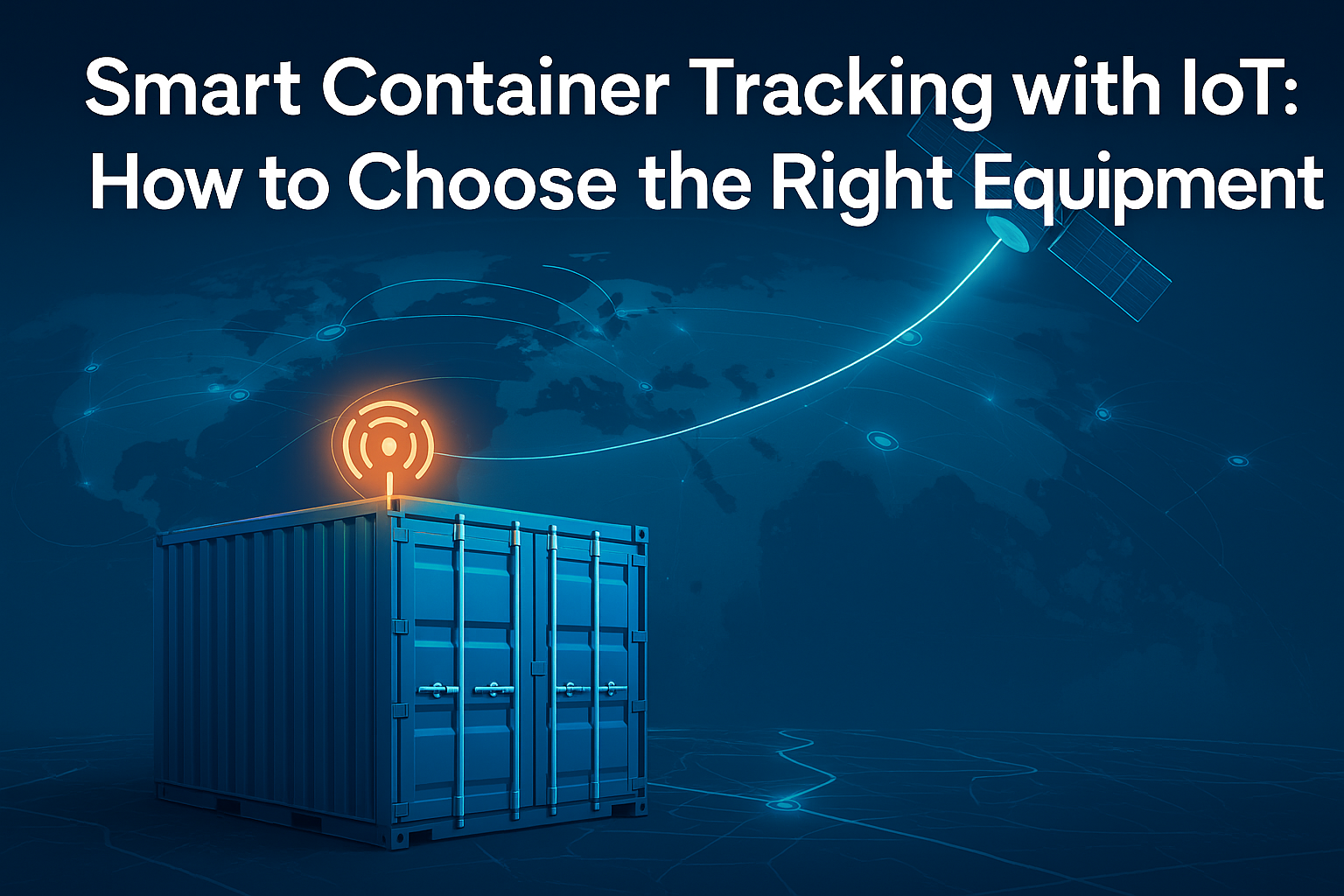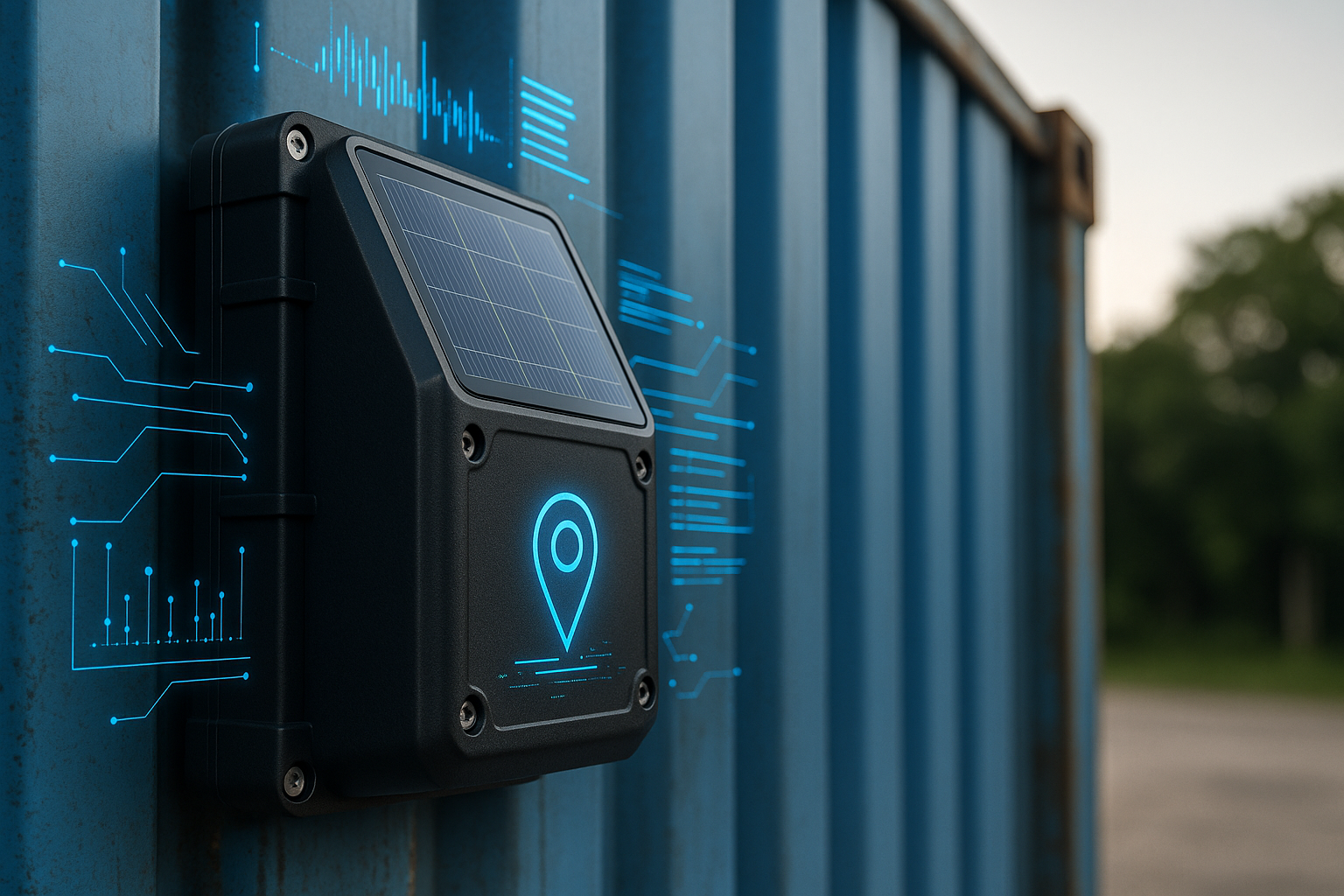
Smart Container Tracking with IoT: How to Choose the Right Equipment
IoT Advancements IoT Solutions Real-time Insights Real-Time Monitoring Shipment Tracking IoT Data Real-Time Real-Time Tracking GPS Transportation
In the world of global logistics, knowing where your assets are — and how they’re performing — is more valuable than ever. As international shipping grows more complex, IoT (Internet of Things) technology is transforming how businesses track containers in real-time. But with so many hardware options, choosing the right IoT equipment can be daunting.
In this article, we’ll walk through how container GPS tracking works, what types of IoT devices are available, and how to choose equipment that fits your operational needs.
Why Container Tracking with IoT Matters
Traditional tracking methods rely heavily on manual updates or port scans, often providing information with a delay of hours — or even days. In contrast, IoT-based container tracking provides:
Real-time GPS location updates
Environmental monitoring (temperature, humidity, shocks)
Route history and geofencing
Predictive alerts for delays or anomalies
These features reduce theft, improve supply chain visibility, and help ensure compliance with safety regulations.
Types of IoT Devices for Container Tracking
There are several types of IoT tracking devices available, depending on the use case:
1. Standalone GPS Trackers
Battery-powered devices with built-in GPS and GSM. Best for short-term or portable use.
2. Solar-Powered Trackers
Ideal for long-haul shipments. These devices recharge in daylight, reducing the need for manual maintenance.
3. Integrated Sensors
Advanced models that monitor not just location, but also temperature, light, tilt, and shocks — essential for fragile or sensitive cargo.
4. Edge Devices with AI Capabilities
Some high-end trackers now support AI-based event detection and edge analytics, reducing reliance on cloud infrastructure.

Key Criteria When Choosing IoT Tracking Equipment
Before selecting hardware, consider the following:
- Battery Life & Power Source: For global shipping, choose devices that last at least 3–6 months or use solar.
- Network Compatibility: Ensure the tracker supports 2G/4G/5G or satellite communication based on your routes.
- Certifications & Compliance: Check whether the device meets industry standards like ATEX or CE.
- Software Integration: Can the tracker be linked with your fleet monitoring dashboard or ERP?
- Data Security: Opt for devices that use encrypted communication and secure APIs.
Popular Use Cases
Companies use IoT container trackers in:
- Shipping & Freight: Track real-time location and cargo integrity.
- Agriculture: Monitor produce conditions from field to supermarket.
- Pharmaceuticals: Ensure temperature-sensitive medications stay within limits.
- Construction: Track heavy equipment and prevent loss or misuse.
Final Thoughts
Choosing the right IoT tracking equipment isn’t just about hardware — it’s about matching technology with logistics workflows. By considering your power needs, environmental monitoring, connectivity, and integration requirements, you can deploy a system that delivers transparency and efficiency.